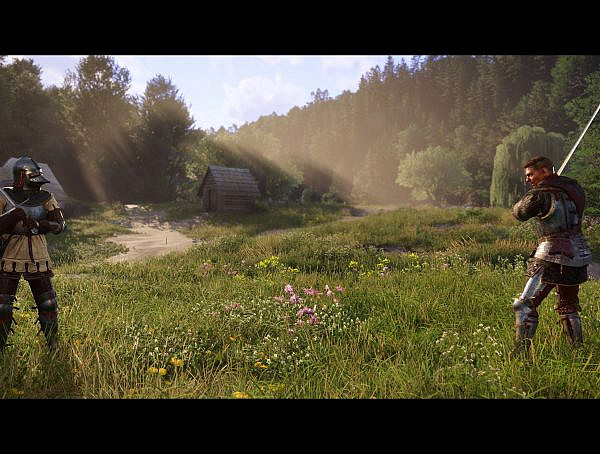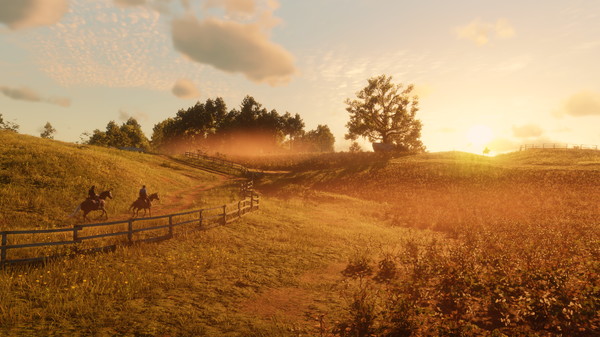Shelly Jones’s paper “The Psychological Abuse of Curse of Strahd” is a case study on how an adventure module for the fifth edition of Dungeons & Dragons explores and presents the topics of trauma and abuse to the players. Curse of Strahd is the reimagining of the classic 1983 Advanced Dungeons & Dragons module I6 Ravenloft, updated for the current edition of the game.
The paper draws from the field of literary trauma studies and Cathy Caruth’s idea of trauma as cyclical, a repetition of the initial stressful event in different forms that echo the original source of the trauma. Also brought in is Tobi Smethurst’s work studying trauma in video games. However, whereas Smethurst focuses on the effects of the narrative on the player, Jones’s paper looks at Curse of Strahd and its accompanying Tarokka Deck as texts and game components.
The module is set in the land of Barovia, itself a reflection of the module’s main antagonist, the Bluebeard-inspired Count Strahd von Zarovich, a gentleman vampire in the style of Polidori’s The Vampyre. Strahd’s backstory is that he, a great military leader who conquered Barovia, fell in love with Tatiana, the bride of his younger brother Sergei. On their wedding day, Strahd killed his brother and Tatyana committed suicide. Since then, Strahd has been cursed to look for the next vessel of Tatyana’s soul, always leading in her death, perpetuating a cycle of abuse towards the people he rules and reliving his own trauma in a variety of ways, repeating the same set of pathological symptoms as he performs the past anew, again and again.
The land of Barovia is isolated by mists that disorient and exhaust those who venture into them, turning them around and returning them to where they left. Death affords no escape, either – the souls of people who die in Barovia cannot pass on into their afterlife and while they may be raised from the dead as normal, if more than a day has passed, they will gain a randomly determined form of madness. This reflects “the randomness and meaninglessness of […] death”, quoting Smethurst. The land also sees no sunlight, making the tracking of time difficult, much as trauma can disrupt a victim’s sense of time.
The characters encounter the results of trauma and abuse in the people of the land as well, as they have suffered under the predations of Strahd. They are emotionally numbed and living in a culture of fear, some of them going to great lengths to cope, such as an elf stoning his sister so that she would not come under Strahd’s attentions, or a mad abbot building flesh golems resembling Tatyana to appease Strahd.
The cyclical nature of trauma is reiterated in that Curse of Strahd has built-in replayability, a rarity for role-playing game modules. Key aspects of the module are randomized with the use of the fortunetelling Tarokka Deck, an actual deck of cards. This makes it possible for the players and even characters to revisit Barovia and experience the adventure anew, a sort of gothic Groundhog Day. The players can perform, witness and experience the psychology of trauma and Strahd’s abusive relationship with Tatyana and his people again and again.
Original Article: http://analoggamestudies.org/2017/01/the-psychological-abuse-of-curse-of-strahd/
Authors: Shelly Jones
Published in: Analog Game Studies, January 23 2017
You might also like
More from Game Research Highlights
How do you want to do this? – A look into the therapeutic uses of role-playing games
Can playing RPGs contribute positively to your wellbeing? A recent study aims to find out how RPGs are being used …
Eldritch horrors and tentacles – Defining what “Lovecraftian” is in games
H.P. Lovecrafts legacy lives today in the shared world of Cthulhu Mythos and its iconic monsters. Prema Arasu defines the …
Are Souls Games the Contemporary Myths?
Dom Ford’s Approaching FromSoftware’s Souls Games as Myth reveals the Souls series as a modern mythology where gods fall, desires …
















